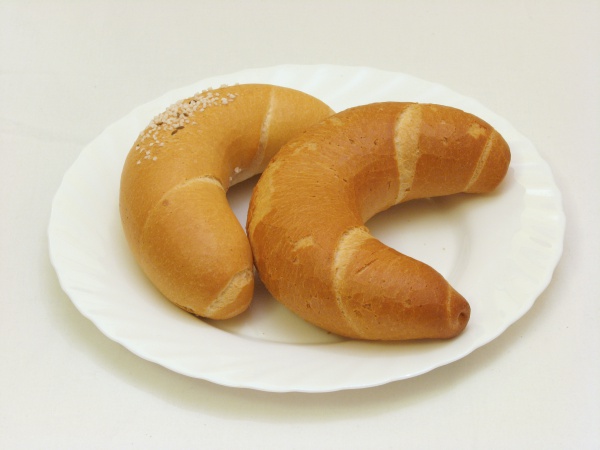Facts About Kifli
Kifli, also known as kipfel, is a delightful crescent-shaped yeast bread roll with a rich history. This pastry dates back to ancient times and is believed to have been linked to pagan rituals, particularly as offerings to the moon goddess Selene. Variants of kifli can be found throughout Central Europe and neighboring regions, each known by different names. Interestingly, the famed French croissant is said to have been inspired by the kipfel.
The word "kipfel" originates from Old High German, where "Kipfa" referred to a carriage stanchion, symbolizing the horns of a cart. In Hungarian, "kifli" means "twist" or "crescent." Historically, these pastries were often baked in monasteries, with records mentioning them as far back as the 10th and 13th centuries.
There are some captivating origin myths surrounding kifli. One popular story suggests that bakers created these crescent-shaped rolls to celebrate victories during or after the Ottoman occupation. The process of making kifli involves cutting yeast dough into wedges, rolling them into crescents, and then baking them. Unlike the buttery French croissant, kifli is made from a simpler, bread-like dough.
Kifli comes in several varieties, including regular, fine, and sweet versions. Regular kifli can be plain or sprinkled with poppy or caraway seeds. Fine kifli, which includes butter or shortening, is a bit sweeter. Sweet kifli varieties, such as Vanillekipferl and bratislavské rožky, are often filled with sweet walnut or poppy paste.
This versatile pastry can be enjoyed in many ways—whether as a snack, part of breakfast, or even as a dessert. It's often paired with jam or honey, or used for dunking. Kifli holds cultural significance in various European countries and continues to be a popular choice for coffee breaks and meals.

 Montenegro
Montenegro